| Written by: | Apple Languages |
| Date posted: | October 5, 2020 |
| Posted in: | Home / Information / |
Striving to the top: buildings, structures, and languages
As far back as records go, humans have strived to go faster, further, and higher than before. Our buildings and structures are no exception to this. As cultures throughout history have fought for the top spot, the title of World’s Tallest Building has changed hands many times.
Read on to see which structures have held this record, where they are located, and what their connection to the languages of the world is.
Origin story – The Tower of Babel
In the Bible, Genesis 11:1-9 describes a mythical building that reaches up to Heaven. Here, everyone speaks just one language. The story continues as God, seeing their vertical city, their arrogance, and their common language, destroys the tower:
And the Lord said, Behold, the people is one, and they have all one language; and this they begin to do: and now nothing will be restrained from them, which they have imagined to do.
Go to, let us go down, and there confound their language, that they may not understand one another’s speech.
So the Lord scattered them abroad from thence upon the face of all the earth: and they left off to build the city.
Therefore is the name of it called Babel [meaning ‘jumbled’ or ‘confused’ in Hebrew]; because the Lord did there confound the language of all the earth: and from thence did the Lord scatter them abroad upon the face of all the earth. – Genesis 11:1–9
Accounts vary on the supposed height of this megastructure, but all are dizzying. The Jewish Book of Jubilees suggests the tower reached “5,433 cubits and 2 palms” high – three times the size of Dubai‘s Burj Khalifa – while medieval scholar Sir John Mandeville thought it to have been at least 13 km tall!
Most now agree that the Tower of Babel is a mythological rather than historical tale. Instead of being a true account, the story aims to explain how the world’s many languages came to be. The story also sheds light on humanity’s insatiable quest for knowledge and our focus on ever-larger architecture. After all, as they say: Reach for the top; the bottom is overcrowded.
Since the telling of the Tower of Babel, enormous constructions have leapt out of the world of myth and fiction into reality.
Follow the journey from Ancient Egypt to modern-day Dubai as we chart the tallest man-made structures through history.
The Great Pyramid of Giza, Egypt
Height: 146 m (481 ft)
Tallest structure: 2560 BC – 1311 AD
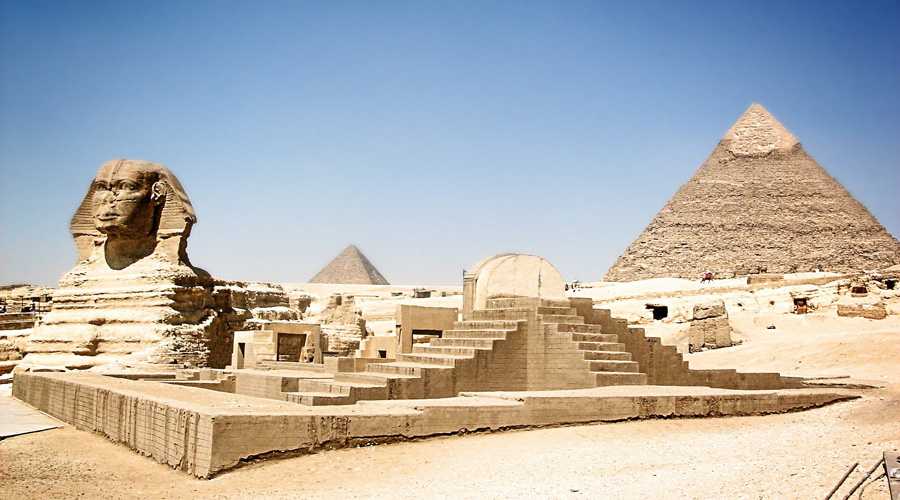
Did you know that woolly mammoths were still roaming the Earth when the Pyramids of Giza were built? This ancient complex consists of the Pyramid of Khafre, the Pyramid of Menkaure, and the Great Pyramid of Khufu, as well as various other smaller structures. The Great Pyramid was originally 146 metres tall and held the record for the tallest man-made structure on Earth for almost 4,000 years! Built over a 20-year period for Emperor Khufu of the Old Kingdom, the Great Pyramid consists of an estimated 2.3 million stones, many weighing as much as 80 tonnes. Some of these larger stones were transported up to 800 km (500 miles) to the site in order to be used in construction. These are, aptly, found in the King’s Chamber.
If that’s not amazing enough, the workmanship on the pyramid is incredibly mathematically accurate. Modern scholars have measured errors in the base alignment of just 2.28 inches (58 mm), while the base itself is completely flat to within a margin of 0.6 inches (15 mm). The sides of the base are also closely aligned to the cardinal points on a compass, based on the planet’s true north. Chinese scholars first utilised true north to create the world’s first compass some 2,000 years later, and it took a further 1,000 years for this technology to come westward. It is in part because of these amazing facts that Giza remains one of the world’s most famous and important historical sites. In fact, it’s the only Wonder of the Ancient World still in existence.
Lincoln Cathedral, UK
Height: estimated at 160 m (525 ft)
Tallest building: 1311 – 1548
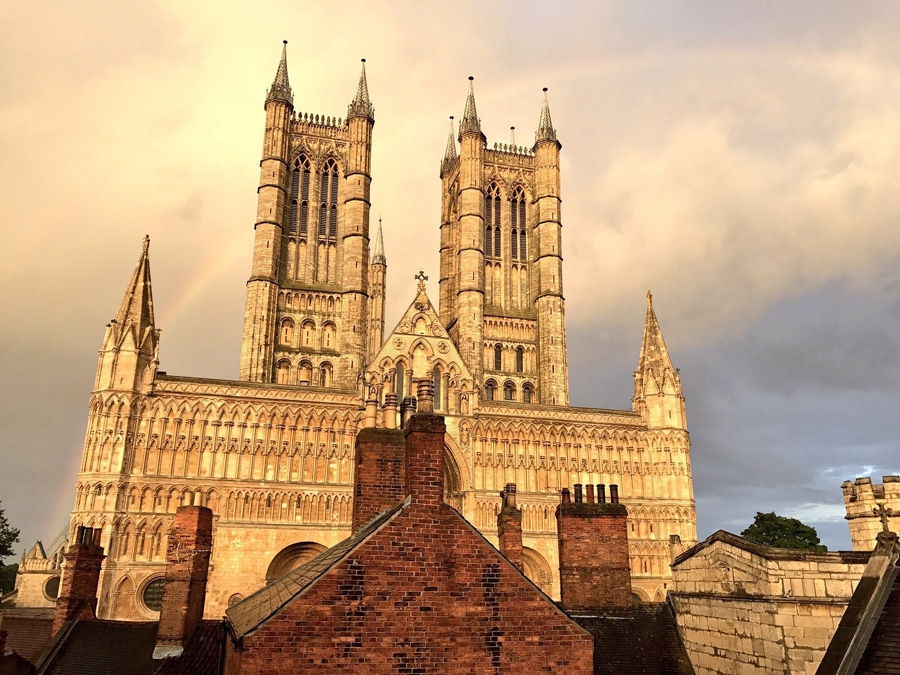
The current height of Lincoln Cathedral, also known as St. Mary’s Cathedral, is just 83 metres. However, it was once almost twice as tall as this. For the first 200 hundred years of its life, the cathedral had huge spires topping each of its three towers. Though nobody knows for certain exactly how high the cathedral reached during this time, records suggest that the central spire was as tall again as the main tower! Had the tower survived, Lincoln Cathedral would have been the tallest building in the world right up until the American skyscrapers of the 20th century, and only surpassed as a man-made structure when the Washington Monument was completed in 1884. However, the central spire succumbed to a storm in 1548, so it lost its claim to the title of World’s Tallest Building.
Lincoln is a relatively small city by British standards. It is, however, a beautiful place to visit and easy to reach from most parts of the UK. If you’d like to see this amazing cathedral, why not combine your trip to Lincoln with an English language course at one of our many schools?
St Mary’s Church, Stralsund, Germany
Height: 151 m (495 ft)
Tallest building: 1549 – 1647
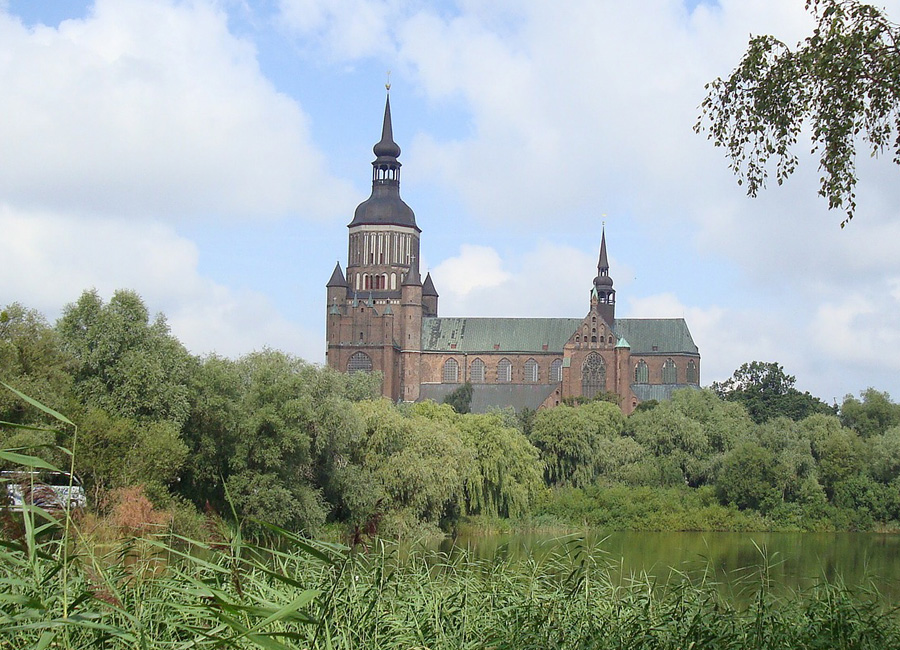
This was the world’s tallest building by default after the 1548 storm in Lincoln. Like its English sister church of the same name, Stralsund’s St Mary’s Church also had to give up the top spot because of a storm. The building was struck by lightning in 1647, which ruined the steeple tower and forced the church down to second place. Later rebuilt as a more secure dome shape, the tower now reaches 104 metres (341 ft) into the sky. Despite losing its title, the church remains noted for its historic Stellwagen organ, which was built in the mid-17th century. With around 3,500 pipes and a total height of over 20 metres (66 ft), this instrument is one of Europe’s great large Baroque organs.
Stralsund is a fishing city and high-tech hub on Germany’s Baltic coast. As a former member of the powerful Hanseatic League, Stralsund enjoyed considerable economic success in the Middle Ages. The city, which can be reached in less than 3 hours from both Hamburg and Berlin, has a remarkable Old Town packed with medieval architecture and a variety of exciting attractions.
Strasbourg Cathedral, France
Height: 142 m (469 ft)
Tallest building: 1647 – 1874
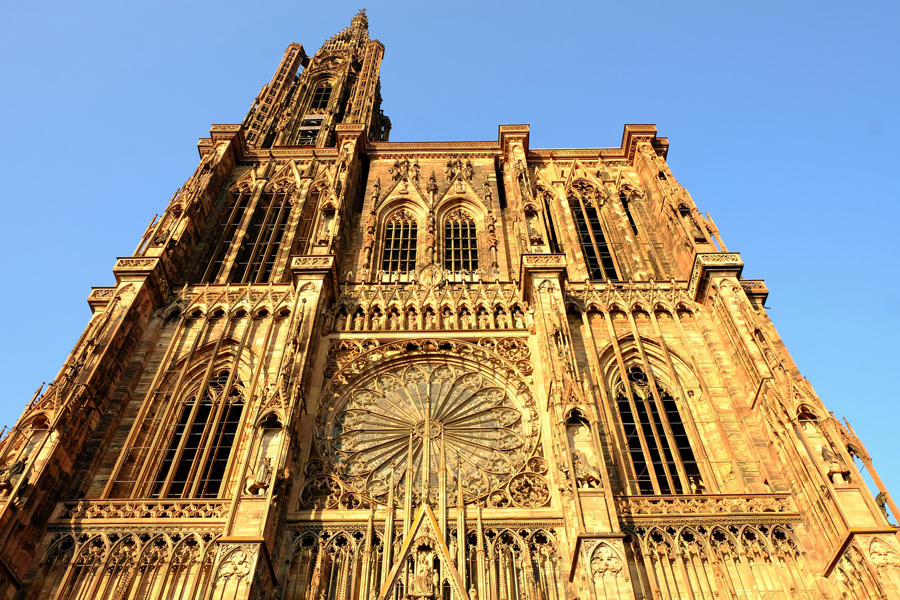
The French city of Strasbourg lies right on the border with Germany in the picturesque Alsace region. As the home of the European Parliament and other intergovernmental institutions, Strasbourg is one of the most important cities on the continent. Its medieval cathedral held the World’s Tallest Building record for 227 years, and it remains the world’s tallest extant structure built entirely in the Middle Ages. Made from sandstone from the Vosges Mountains, this stunning structure is visible across the Alsace plains and can even be seen from parts of the Black Forest. The great Victor Hugo described it as “a gigantic and delicate marvel”, whilst Goethe named it a “sublimely towering, wide-spreading tree of God”. As well as being impressive to behold, the cathedral is also home to one of the world’s largest and most accurate astronomic clocks
A strange legend accounts for the strong winds felt in the square below the church’s tower. It’s said that the Devil was riding the wind when he caught a glimpse of himself carved into the cathedral’s facade. Intrigued, he entered the cathedral to see what other images of him might be inside. Trapped by the holiness of the place, the Devil found he couldn’t leave, and he has been there ever since. The wind waits for him still, howling impatiently through the square. If, like the Devil, you’re intrigued by this amazing place and want to see it for yourself, you’ll be pleased to know that a train from our Paris school will get you to Strasbourg in just over two hours. Being so close to Germany, you can also reach the city in less than two hours from Heidelberg.
Church of St. Nicholas, Hamburg, Germany
Height: 147 m (483 ft)
Tallest building: 1874 – 1876
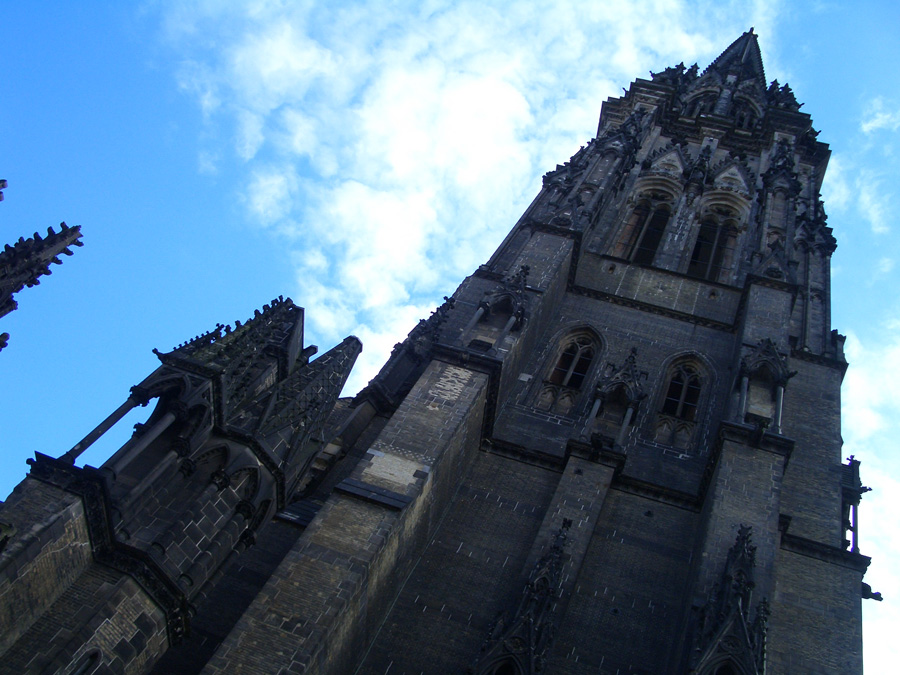
With its many universities, active nightlife, and youthful vibe, Germany’s second city is an excellent place to take a German language course. Its iconic St. Nicholas Church is now an important symbol of Hamburg, though this was not always so. The original 12th-century place of worship was a humble wooden chapel. This was replaced in the 14th century by a brick church, which was itself destroyed by a fire in 1842. The building was completely rebuilt in Neo-Gothic style around 30 years later. With a new tower reaching 147 metres into the sky, St. Nicholas Church was officially the World’s Tallest Building (a title it held for just two short years).
Unfortunately, the church was almost completely destroyed by bombs during the Second World War. Unlike some of the buildings on this list, the spire still stands though the main building does not. This tower has been kept as a memorial against war, and it remains the second-tallest structure in Hamburg. Today, visitors can reach the 75-metre-high (247 ft) viewing platform for an unparalleled panorama over this bustling port city.
Did you know? Hamburg has more bridges than any other city in the world. It has around 2,300 within its city limits – that’s more than London, Amsterdam, and Venice combined!
Rouen Cathedral, France
Height: 151 m (495 ft)
Tallest building: 1876 – 1880
Like many monumental Gothic buildings, Rouen Cathedral has a long and expansive history. There has been a church on this site since the 4th century, though the building we see today was started in the 11th. A victim of regular destruction by lightning strikes, fires, and various wars, it took over 800 years for this cathedral to reach its current state. A cast-iron spire added in the late 19th century enabled it to hold the World’s Tallest Building title for four years. Despite being overtaken by Cologne’s cathedral (see below), Rouen’s Cathédrale primatiale Notre-Dame de l’Assomption is still the city’s tallest building, and the country’s tallest cathedral.
This huge church has inspired generations of artists, including John Ruskin, Roy Lichtenstein, and Mae Babitz. Claude Monet was so enamoured with it that he created his Rouen Cathedral series, depicting the facade at different times of day with different materials. Another of the cathedral’s claims to fame is that it is the final resting place of the Viking Rollo, who founded the Duchy of Normandy and was the ancestor of William the Conqueror. If you want to learn more about this impressive site, you can learn French in Rouen at our modern language school overlooking the River Seine. At under two hours from Paris, Calais, and Bayeux, this city is an excellent place from which to explore northern France!
Cologne Cathedral, Germany
Height: 157 m (515 ft)
Tallest structure: 1880 – 1884
Tallest building: 1880 – 1890
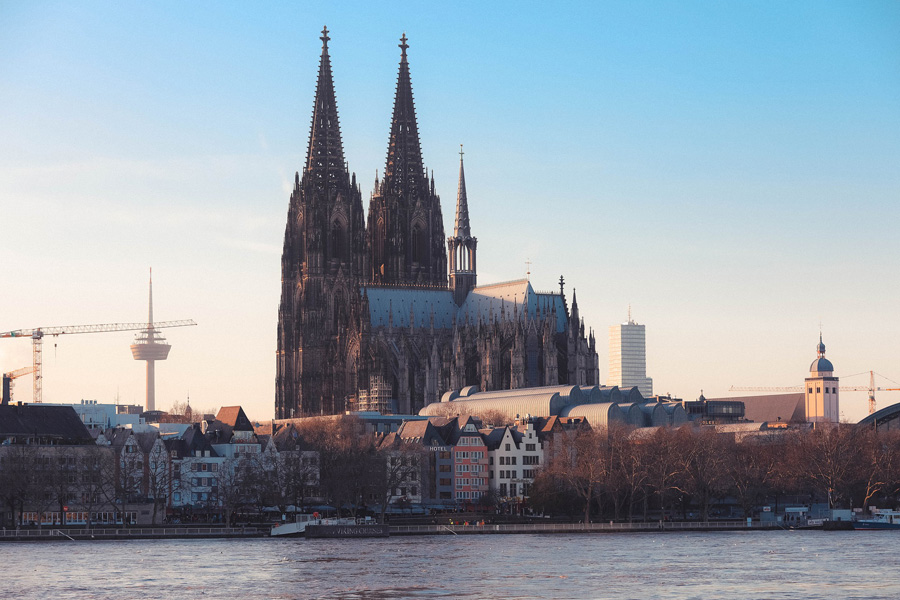
Cologne’s incredible cathedral is Germany’s most-visited landmark. Construction began in 1248 but came to a halt in 1473, and the building was left unfinished right up until the 1840s. The structure was officially finished in 1880 and the new Tallest Building opened in a lavish ceremony attended by Emperor Wilhelm I. Though it was superseded in the late 19th century by another great German church – the Ulm Minster – Cologne Cathedral is still a title-holder. It remains the tallest Roman Catholic building in the world, the second-tallest twin-spired church ever built, and the third-tallest church on Earth.
It was declared a World Heritage Site in 1996. This protection was awarded not just because of its architectural value; the cathedral is also home to many historic religious treasures. There’s the intricately carved 14th-century marble altar and the 10th-century Gero-Kreuz crucifix, as well as various stunning pieces of artwork. The cathedral also contains the Shrine of the Three Kings, a breathtakingly ornate gilt reliquary built in the 12th century which is said to house the bones of the Magi. If you want to see see the Kölner Dom for yourself, why not attend a German course in Cologne? You can even climb 100 metres (328 ft) to the church’s observation platform for a great view over the city!
Washington Monument, USA
Height: 169 m (555 ft)
Tallest structure: 1884 – 1889
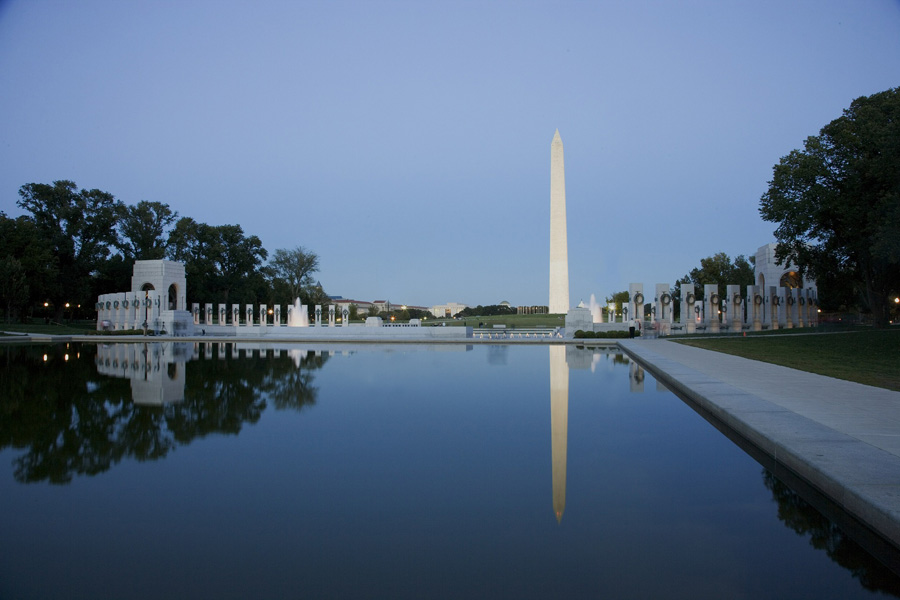
This iconic obelisk in Washington, D.C. was built towards the end of the 19th century to commemorate George Washington, the first president of the United States. Standing 169 metres tall, the obelisk claimed the title of World’s Tallest Structure for the 4 years after its completion. It remains to this day the tallest obelisk in the world, and it’s also the tallest extant structure made predominantly of stone. The monument was originally going to be a statue of the former president on horseback, but it was soon realised that a more impressive structure would be required to memorialise a man described as the “first in war, first in peace, and first in the hearts of his countrymen” (Major General Lee). The National Monument Society opened a competition for the design, saying of the monument: It is proposed that the contemplated monument shall be like him in whose honor it is to be constructed, unparalleled in the world, and commensurate with the gratitude, liberality, and patriotism of the people by whom it is to be erected … [It] should blend stupendousness with elegance, and be of such magnitude and beauty as to be an object of pride to the American people, and of admiration to all who see it.
The obelisk certainly is an impressive sight to behold. Consisting of 36,000 stone blocks, the structure dominates the National Mall Park in which it sits. To support its own weight, the walls at its base are a whopping 4.6 m (15 ft) thick! Today the monument is surrounded by 50 American flags, representing each of the United States. These flags have flown 24-hours-a-day since July 4th 1971.
Eiffel Tower, Paris, France
Original height: 312 m (1,024 ft)
Current height: 324 m (1,063 ft) including radio mast.
Tallest structure: 1889 – 1930
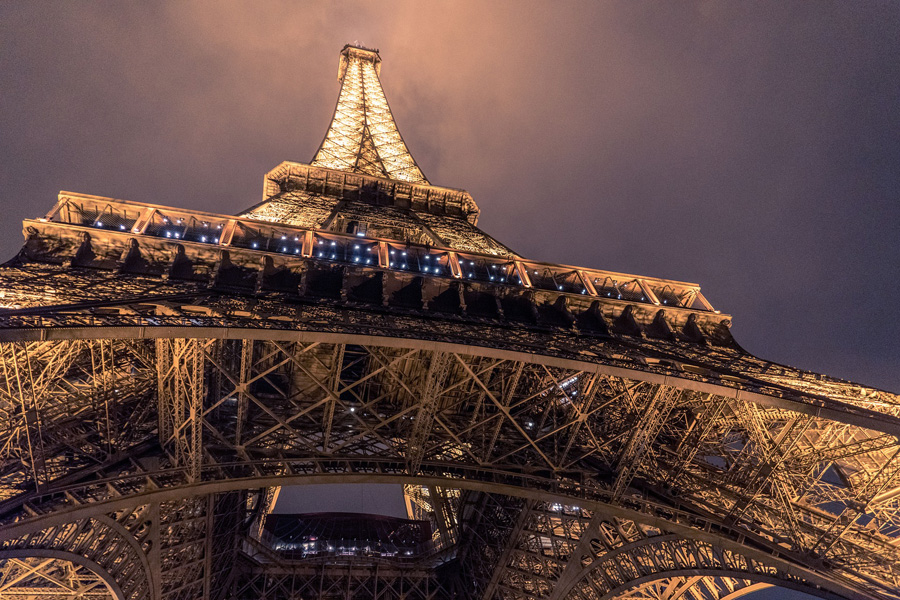
The Eiffel Tower was created as a centrepiece to the 1889 world’s fair which Paris hosted. It is the most-visited paid monument in the world and quite possibly the most-recognised, most-photographed structure in history. As tall as an 81-storey building, the tower – meant to symbolise the great age of industry and science in which the designers lived – held the title of World’s Tallest Structure for 41 years. Though it has since been surpassed by even larger towers, Le Torre d’Eiffel still boasts the highest publicly accessible observation deck in the EU, which is 276 m (906 ft) from the ground.
Despite now being one of the most notable symbols of France, let alone Paris, many artists at the time hated it. Some even petitioned against it, penning a letter to the Minister of Works and Commissioner for the Exposition which called the tower “a giddy, ridiculous … gigantic black smokestack … [with] its barbaric bulk” that would ‘humiliate’ other finer, more cultured monuments like Notre Dame and the Louvre. This letter was published 2 years before the towers’ completion in Le Temps, one of the city’s most important daily newspapers. Some even worried that the project was impossible, since no structure over 300 metres tall had ever been built before. These dissenting voices did little to sway the minds of the general public, however. Over the 28 days of the Exposition Universelle, almost 2 million people paid to visit the tower. What’s more, though the original contract specified that it should be dismantled in 1909, the city chose instead to keep its ridiculous smokestack. Because of this excellent decision, you too can climb all the way to the top if you want to (or perhaps just to one of the lower decks …) and get a bird’s eye view of the City of Love. Our Paris Victor Hugo school is just 5 minutes away from the tower by Metro, and visits to the tower regularly feature on the school’s activity programme.
Fun fact: noted architect Gustave Eiffel didn’t actually design the tower. He bought the patent from two designers who worked for him, Maurice Koechlin and Émile Nouguier.
Chrysler Building, New York, USA
Height: 319 m (1,046 ft)
Tallest building: 1930 – 1931
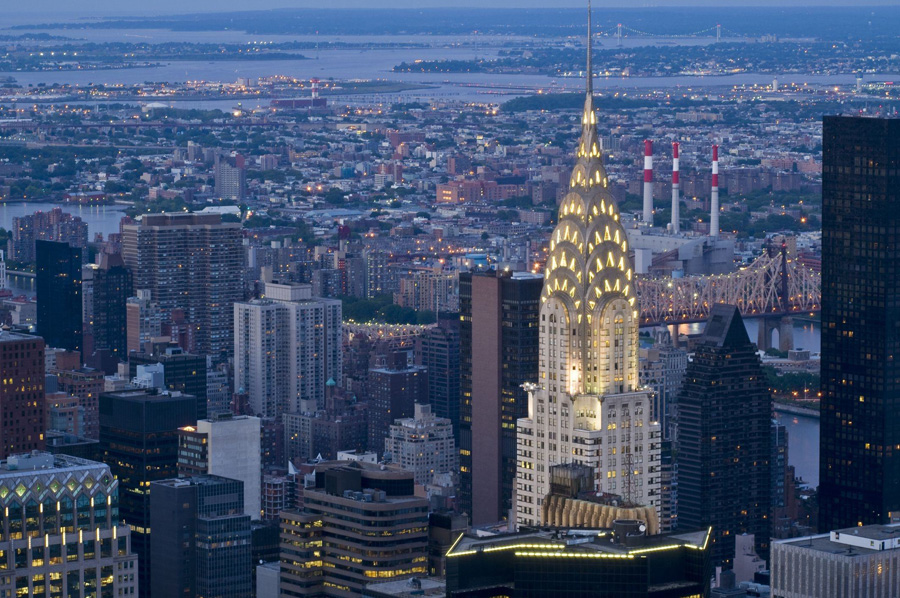
A notable part of the New York City skyline, favoured for its stunning artistic elements, this Art Deco masterpiece was the world’s tallest structure for just 11 short months after its completion. The 1920s and ’30s were characterised by profound social and technological changes, and new skyscrapers symbolised progress, innovation, and modernity. In fact, there were several building projects taking place in the city during the early thirties which were vying to take the crown for the world’s tallest. It’s fitting, then, that the person to head this race to the top was Time Magazine’s 1928 Person of the Year, Walter Chrysler. Head of the Chrysler Corporation – at the time America’s third-largest car manufacturer – Walter was one of the most successful men in the world.
Like the Eiffel Tower, the Chrysler Building was not designed by its namesake. Walter bought the plans and lease from the original developer, William H. Reynolds, who was ultimately unable to afford such a lofty project. Chrysler can take some credit, however, since he worked closely with architect William Van Alen to improve the original plans and create the building we still admire today. The new design very much symbolised not only American ideals, but also those of the Chrysler Corporation. Artistic elements around the skyscraper symbolise flight and engineering finesse – meant to embody the Machine Age – while car-hood ornaments and friezes of hubcaps and fenders on the building’s facade directly point to the Corporation’s popular products. The stunning interior retains its Art Deco style, and is well worth a visit when you’re in New York!
Other New York Giants
Height: 381 m (1,250 ft)
Tallest building: 1931 – 1970
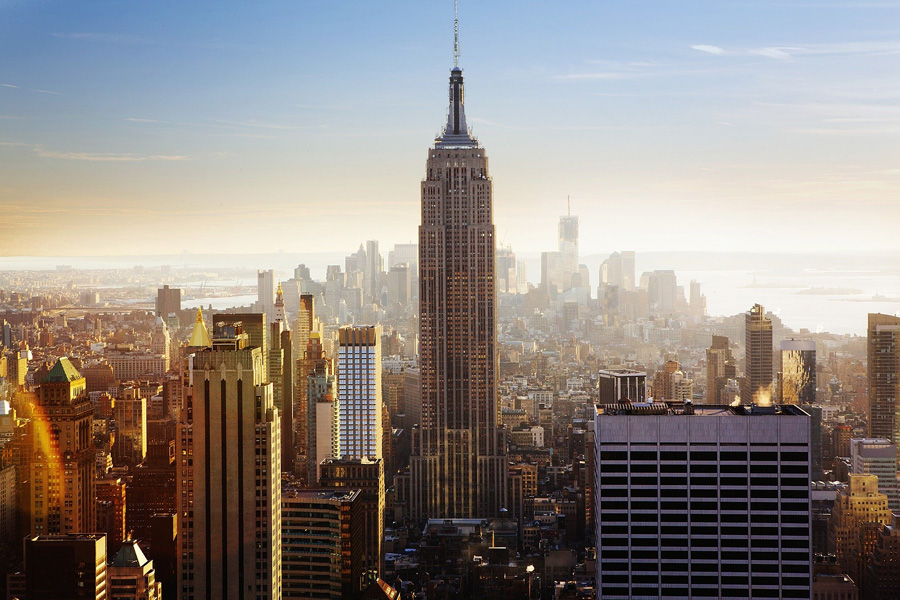
For the next 42 years, New York City claimed ownership of the all of Earth’s Tallest Buildings. Following on from the Chrysler Building was the Empire State Building just one year later. Standing at 381 metres tall (1,250 ft), this landmark of engineering ushered in a new era of skyscrapers and remains one of the city’s most emblematic icons. Another Art Deco design, the tower was named one of the Seven Wonders of the Modern World by the American Society of Civil Engineers, and was ranked first on the list of America’s Favourite Architecture in 2007.
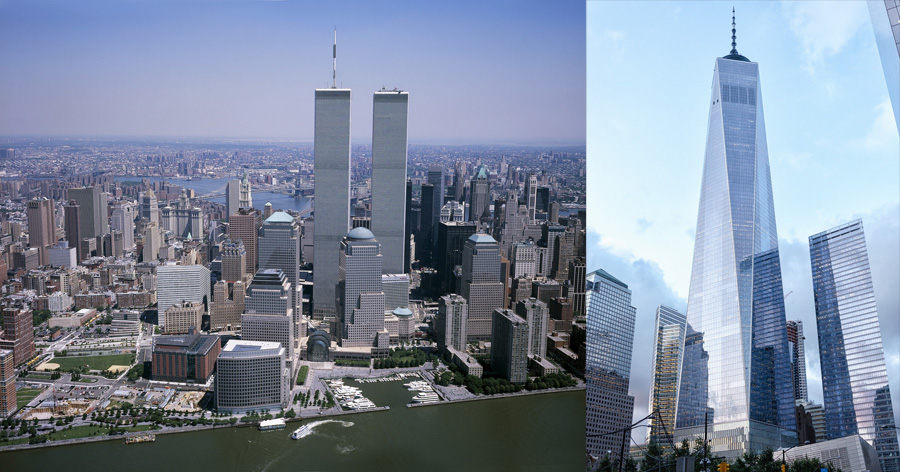
In 1972, the 417-metre (1,368 ft) World Trade Centre briefly claimed the top spot. After the towers’ destruction in 2001, the One World Trade Centre took their place. Officially a supertall structure, the modern tower reaches a whopping 541 metres (1,776 ft). Though others now reach even higher, the One World Trade Centre is still the tallest building in both the USA and the western hemisphere. Because of its tragic history, the Trade Centre complex is a well-visited site and the new building is often referred to as the ‘Freedom Tower’.
Willis Tower, Chicago, USA (formerly the Sears Tower)
Original height: 442 m (1,450 ft)
Current height: 527 m (1,729 ft) including television antennas
Tallest building: 1973 – 1998
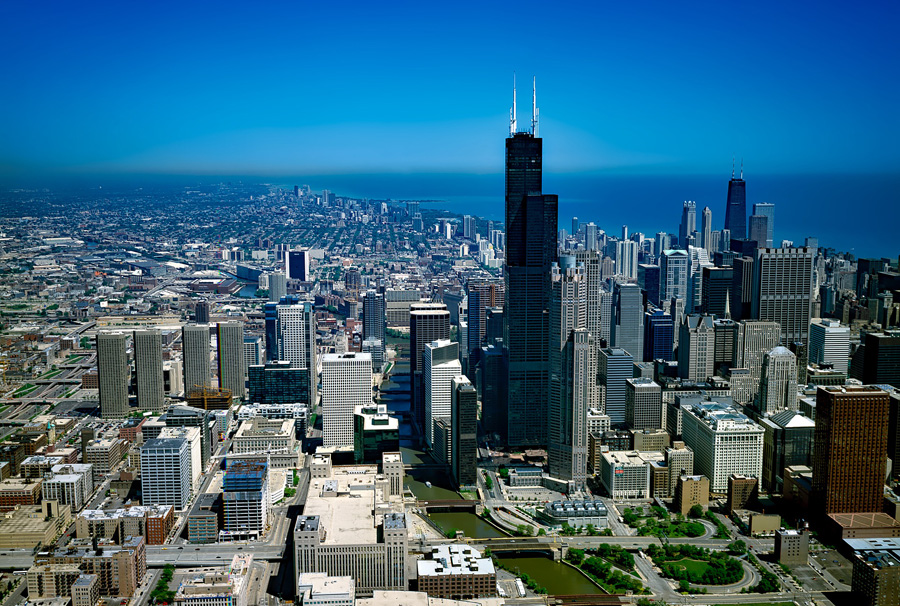
This 110-storey behemoth held the title of World’s Tallest Building for 25 years. It was also the planet’s tallest office building for 40 years following its opening in 1974. Boasting the highest observation deck in the US – which sits on the 103rd floor at a dizzying height of 412 m (1,353 ft) – the tower is one of the city’s most popular attractions. As part of Chicago’s skyline, it has featured in several blockbuster movies, including Ferris Bueller’s Day Off, in which the eponymous Ferris and his friends visit the Skydeck.
But how did this world-famous skyscraper come to be? As the largest retailer in the world in 1969, Sears, Roebuck, & Co. needed a building large enough to house its 350,000-strong workforce. Supposedly inspired by an advert for a packet of cigarettes, the building is actually 9 separate towers – or ‘tubes’ – clustered together. The first of its kind, this design has influenced almost all subsequent supertall structures. The tower took only 2 years to complete, though it almost didn’t happen. Successive lawsuits in the early 1970s claimed that the tower would interfere with television reception and therefore lower property values in the surrounding areas. Thankfully for the annals of architectural history, these complaints were rejected and the building officially opened in 1973. After various purchases by other companies over the ensuing 30 years, the skyscraper was officially renamed the Willis Tower in 2009.
Ostankino Tower, Moscow, Russia
Height: 540 m (1,772 ft)
Tallest structure: 1967 – 1975
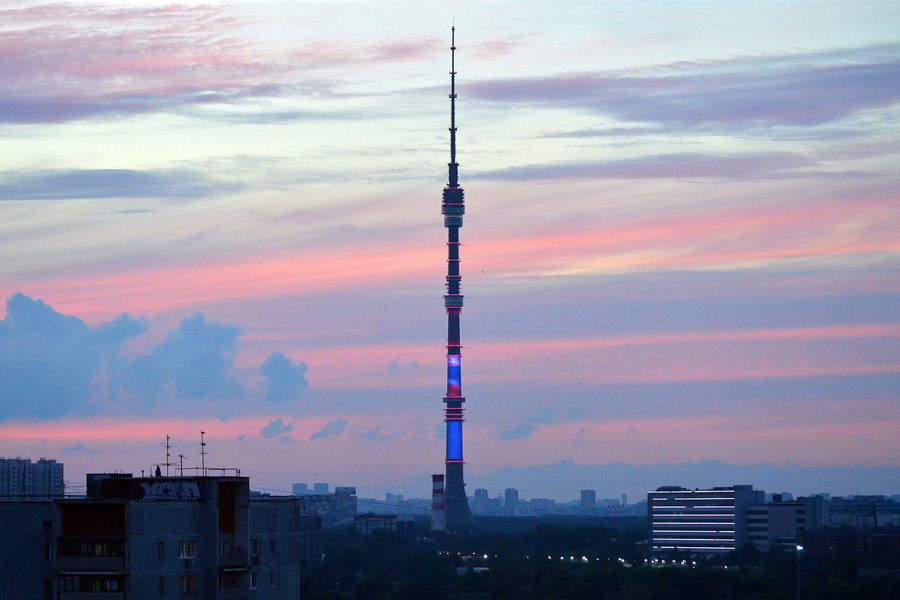
Though the Willis Tower was the tallest building for 25 years, it was not the tallest structure for that long. This title belonged to Moscow’s Ostankino Tower, which was Earth’s first freestanding structure to exceed 500 metres (1,600 ft) in height. Built to mark the 50th anniversary of the October Revolution, this television and radio broadcasting tower stands so tall that sometimes its antenna pokes out above the clouds and can be seen by passing planes!
Like many of the world’s tallest buildings and structures, there is more to the Ostankino Tower than functionality. This concrete monolith is home to Seventh Heaven restaurant – whose three floors sit between 328 and 334 metres up (1,076 – 1,096 ft) – and a publicly accessible viewing platform near the top offering a stunning 360° panorama over Moscow. Despite being surpassed for the world title in 1975, the tower remains the tallest freestanding structure in Europe. Take a trip up the tower whilst on a Russian language course in Moscow!
CN Tower, Toronto, Canada
Height: 553 m (1,815 ft)
Tallest structure: 1975 – 2009
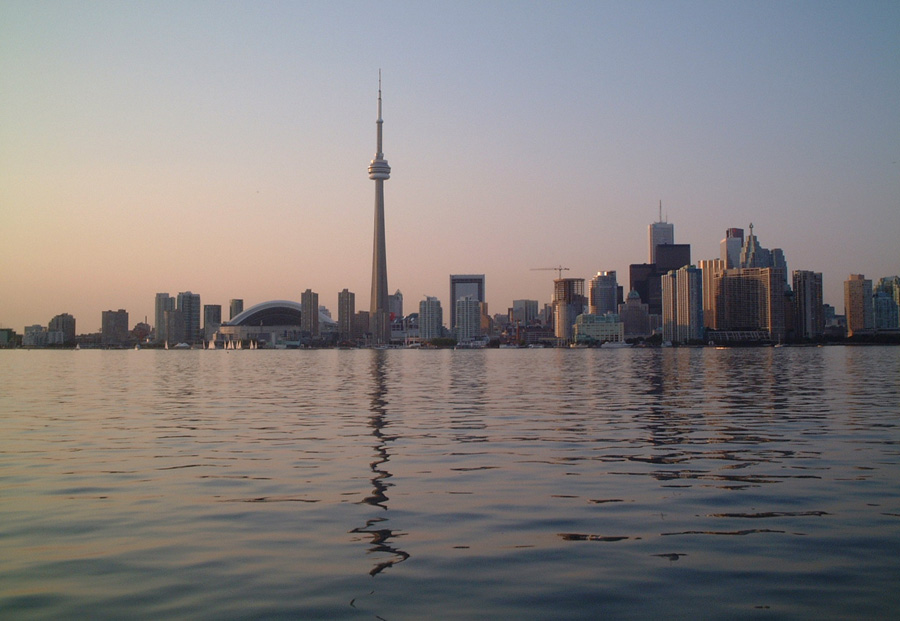
Before it was even completed, Toronto’s CN Tower snatched away the title of World’s Tallest Structure from Moscow. Still the tallest freestanding structure in the western hemisphere, this communications and observations tower officially opened in 1976, one year after claiming the top spot. The tower is a key focal point of the city, a beloved icon of Toronto’s skyline, and an attraction visited by over 2 million visitors each year. There are three publicly accessible areas in the tower: the Glass Floor and Outdoor Observation Terrace – which each sit at 342 m (1,122 ft) up – the Indoor Lookout Level (346 m/1,135 ft), and the SkyPod (447 m (1,465 ft). Daredevil visitors can try out the Edgewalk, just above the Indoor Lookout Level. As you might expect from the name, the Edgewalk allows you to walk around the very edge of the roof of the main pod, at an elevation of 356 m (1,168 ft)! While you’ll of course be harnessed safely, this attraction is the world’s highest full-circle hands-free walk. Join a trip up the iconic CN Tower with other students on an English course in Toronto!
The need for the tower came about during the 1960s and ’70s, when the boom of huge and highly reflective skyscrapers in the city necessitated ever-taller radio and television antennas. So much so, in fact, that at the time the tower was being planned, antennas needed to reach at least 300 m (980 ft) into the sky in order to be effective. This tower was not just built for practical reasons, however. Financed by Canadian National Rail, the country’s largest railway, the design was intended to demonstrate the strength and prowess of Canadian industry, and that of CNR in particular. Since it was declared one of the Seven Modern Wonders of the World by the American Society of Civil Engineers in 1995, we’d say it achieved this goal!
Petronas Towers, Kuala Lumpur, Malaysia
Height: 452 m (1,483 ft)
Tallest building(s): 1998 – 2004
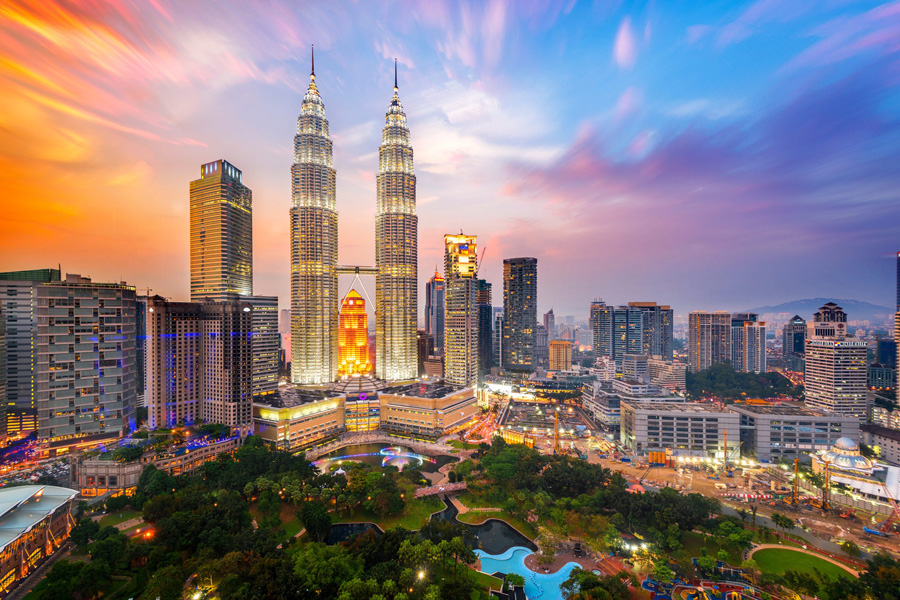
Back to buildings: with a tube design inspired by Chicago’s Willis Tower, Kuala Lumpur’s Petronas Towers overtook that skyscraper as the tallest in the world back in 1998. A twinned construction of 88-storey towers connected by a sky bridge, this complex also boasts the deepest foundations of any construction on Earth, since it took a staggering 54 hours of continuous pouring per tower to create the concrete base! The sky bridge itself is quite a marvel, too. As well as being the world’s highest double-decker bridge, the structure is not fixed to the towers it connects but instead intersects them, allowing the bridge to slide in and out of the towers as they move during high winds. Though this might sound terrifying to some, it actually prevents the bridge from breaking.
Still the world’s largest twin towers, the Petronas Towers have a distinctive, post-modern design. Their steel and glass facades are sleek and immensely satisfying to the eye, while the intricately shaped top floors are inspired by motifs in Islamic art. At the towers’ base is Suria KLCC, a 140,000 m2 (1,500,000 sq ft) shopping centre specialising in luxury labels and high-street brands. Boasting over 300 shops, Suria KLCC is one of the largest malls in Malaysia. If you’re not a shopaholic, you can still enjoy yourself – there’s also an art gallery, an underwater aquarium, a philharmonic hall, and a science centre there!
Fun fact: French climber Alain ‘Spiderman’ Robert scaled Tower Two in just 2 hours back in 2009. He was barefoot and used no safety devices.
Taipei 101, Taipei, Taiwan
Height: 509 m (1,671 ft)
Tallest building: 2004 – 2010
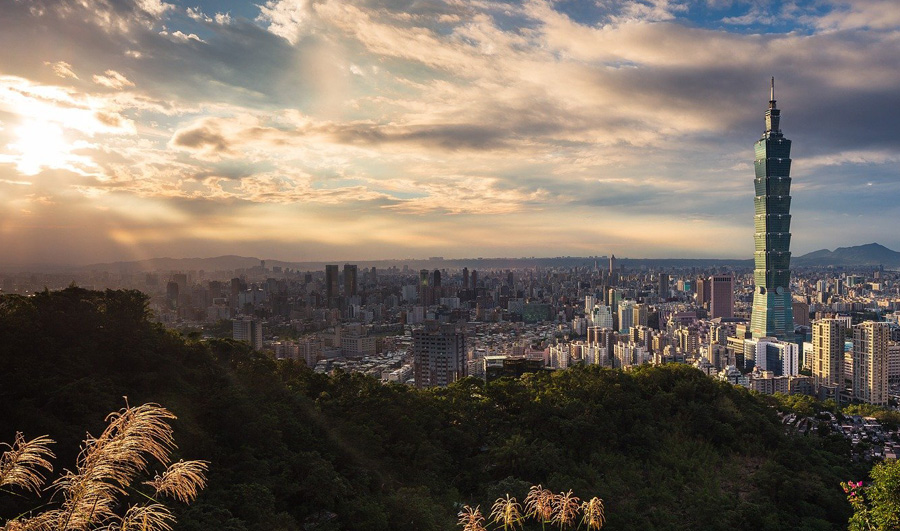
As well as being the planet’s first building to surpass the half-kilometre mark, stylish Taipei 101 is perhaps most famous for its speedy elevators. Capable of travelling nearly 61 km/h (38 mph), its lifts can transport passengers from the 5th to the 89th floor in just 37 seconds! The tower is also notable for its strength, despite its dizzying height. Designed to withstand the typhoon winds and earthquake tremors that plague the area, Taipei 101 is one of the sturdiest buildings in the world. It can face winds of up to 216 km/h (134 mph) and the strongest earthquakes in a 2,500-year cycle. It does this partly because of its huge wind damper which, at 5.5 metres (18 ft) across, is the largest of its kind on Earth. Weighing 660 tonnes, this huge steel pendulum sways to offset the skyscraper’s movements in strong gusts. Again, though this might sound scary, such movements actually prevent the whole structure from collapsing.
As well as being super strong, Taipei 101 features lots of interesting Asian design elements. Firstly, the tower is made of eight segments, each with eight floors – eight being a number that’s associated with abundance and prosperity in Chinese-speaking cultures. The shape of the segments evokes bamboo stalks, ancient ingots, and traditional pagodas, all keys symbols in the East. Squares and circles feature heavily throughout the building, representing the balance between yin and yang. One central motif is the ruyi, an ancient talisman which connotes healing, protection, and fulfilment. Even the tower’s name is symbolic. 101, being one better than 100, a number often associated with perfection, is suggestive of the building – and, by association, the city itself – besting its competition. It certainly did that, holding the title of World’s Tallest Building for 6 years.
Burj Khalifa, Dubai, UAE
Height: 828 m (2,717 ft)
Tallest building and structure: 2010 – present
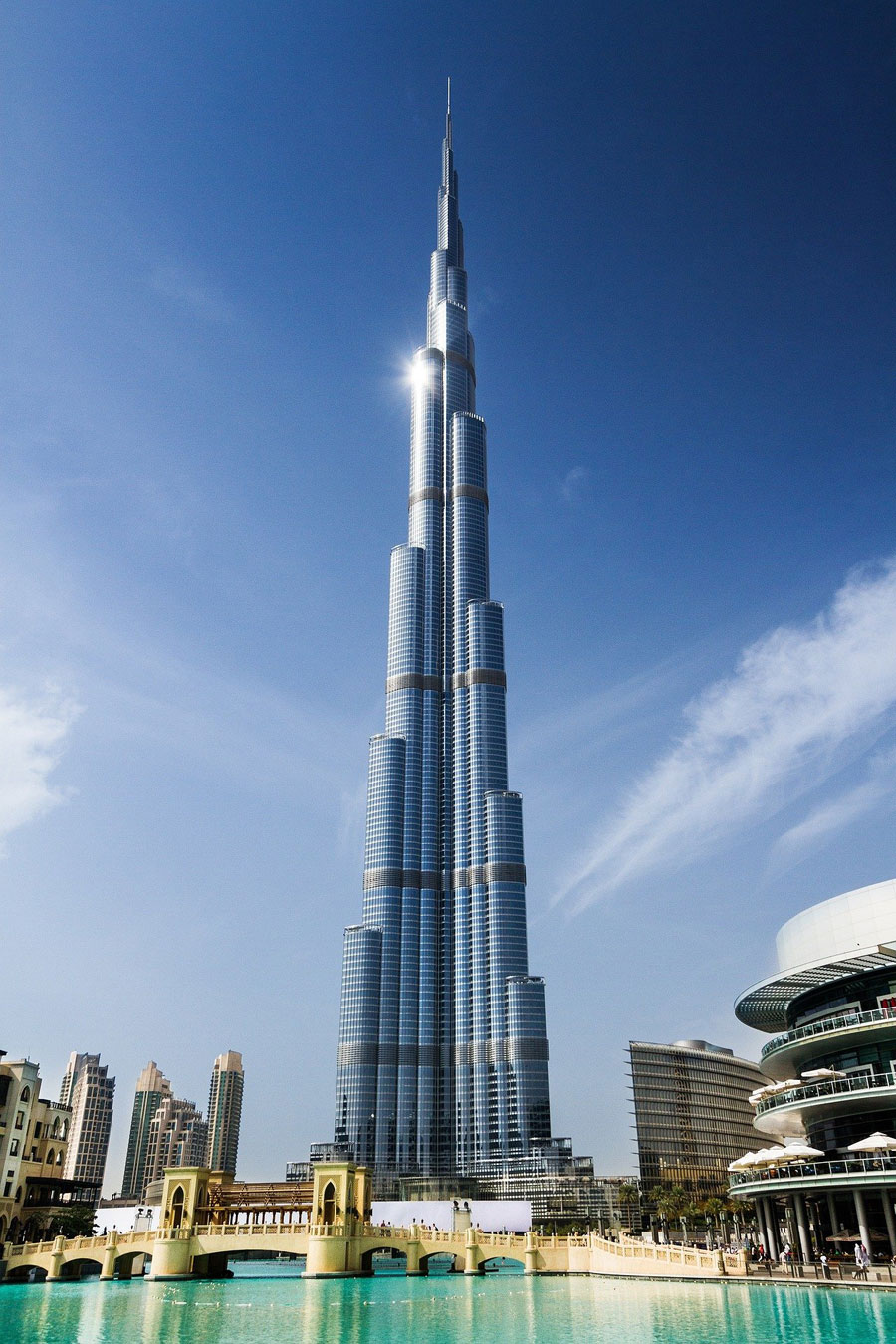
The current title-holder literally dwarfs its predecessors. Reaching over 300 metres (985 ft) higher than Taipei 101, Dubai’s Burj Khalifa is a truly spectacular example of modern engineering. With a total height of just over half a mile, this 163-storey building is certainly worthy of the top spot. It was designed to be the centrepiece of a huge development planned to help Dubai gain international recognition as a diverse and modern economy. Since it was built by the same firm which designed the Willis Tower and the One World Trade Centre, the Burj utilises the same tube design seen in those superstructures. Quite amazingly, the Burj Khalifa took only 6 years to complete, which is no mean feat for a structure that can be seen from 95 km (60 miles) away!
As well as being the tallest man-made structure ever, the Burj also claims several other records. It has more floors than any other skyscraper and thus takes longer to clean than any other building (with 24,348 windows, it takes between 3 and 4 months just to wash the outside!). It boasts the world’s highest elevator (installed at the very top of the building), the highest nightclub (on the 144th floor), and the highest restaurant (on the 122nd floor), as well as the highest swimming pool and the only hotel created by fashion designer Giorgio Armani. Alongside these achievements, the Burj is also noted for its innovative cladding system which combines glazing with textured steel and aluminium to allow the building to withstand the UAE’s scorching summer temperatures and strong desert winds.
Watch the YouTube video below to see how the Burl Khalifa dwarfed it’s competition:
This is a building that’s truly worthy of the top spot, and which inherently speaks to mankind’s pursuit of the superlative – the best; the tallest; the most beautiful. Just as was intended, the Burj Khalifa really is a place which exudes elegance, glamour, and luxury. It’s hard to imagine the kind of building which could supersede it! Why not enjoy a visit to the Burj Khalifa for yourself whilst on a special Arabic course in Dubai!
The future of the world’s tallest buildings
Super-tall structures are no longer just about vying for importance on an ever-busier stage. In modern times we’ve seen the populations of cities explode and the need to maximise space become increasingly pressing. China, which is home to almost 1.4 billion people, is also home to half the world’s super-tall skyscrapers and over 1,400 skyscrapers in total. As we as a planet surpass the 8-billion mark and buildings reach higher and higher to accommodate us all, we’ll surely see even greater architectural feats and even more amazing advances in engineering. The structure that’s pipped to be the next tallest, for example – Saudi Arabia’s Jedda Tower – is due to be the Earth’s first structure reaching over 1 km (3,281 ft) into the sky by its completion in 2030.
The language of architecture
Whether it’s a painting on a cave wall, a carving on a rock, or a circle of stones, we’ve been using the materials around us to communicate with one another for millennia. Our earliest evidence of human construction dates back to the Neolithic period, beginning around 14,000 years ago. Humanity’s initial buildings were rudimentary to say the least – often made from mud and plant matter mixed with water, or local stones stacked into shape. It didn’t take long for our constructions to become more than just practical places of shelter, work, or worship, however. As human cultures developed and our collective knowledge was formalised through oral traditions and artistic practices, building became a craft: architecture.
The practice of designing and erecting buildings/structures has been considered artistically and culturally symbolic for a long time. In the 1st century AD, Roman architect Vitruvius noted how a good piece of architecture should meet the following criteria:
- Durability – a building should stand up robustly and remain in good condition.
- Utility – it should be suitable for the purposes for which it is used.
- Beauty – it should be aesthetically pleasing.

It is the last element – ‘beauty’, or ‘delight‘, as Vitruvius described it – which marks the difference between a humble building and a piece of architecture. While a ‘building’ is practical and utilitarian, ‘architecture’ is functional art. And, like all forms of art, there is meaning in architecture. In their book The Language of Architecture, authors Andrea Simitch and Val Warke state that “one of the traits of any language is that it provides a system that can convey meaning … Meaning in architecture is similarly complex, both profound and open ended.”
Just as imagery in art conveys messages, design conventions in architecture have more than mere aesthetic value. Concepts of strength, power, and wealth, can be conveyed in stone, and humans have been doing this for a long time. In Turkish Çatalhöyük (7500 BC), one of the planet’s earliest cities, the mud-brick houses were painted with elaborate scenes of humans and animals to tell the settlement’s stories. The early cultures of Malta (c. 3600 – 2500 BC) worshipped in huge megalithic temples designed to honour their gods. Elaborate Neolithic tombs can be found all over the world, most intricately decorated and featuring stylistic elements not seen on the buildings used by the living. These are the earliest examples of true architecture.
These days, the world’s tallest structures are radio towers, office blocks, and residential complexes – a return to the utilitarian, perhaps, but each of the constructions on our list also embodies the essence of human nature, and the stories that we like to tell about ourselves. While modern architecture may experiment with playful designs and innovative materials, in the case of the race to the top, communicating power and strength is still very much a primary concern. The language of architecture is, and always has been, clear: the taller the building, the more superior the city.
As mankind reaches higher and higher, how will our societies – and, by extension, our languages – develop? By their very nature, skyscrapers are required in large, cosmopolitan cities where one mixes with people speaking many different tongues. Will we find ourselves fluent in several languages as we come closer together, or will our languages homogenise? Will Mandarin, Spanish, or Hindi overtake English as the global language as the populations of these linguaspheres expand? And what will it mean to live in a world that uses an entirely different language to express itself?
We don’t know the answer to any of these questions for certain, but one thing’s for sure: we restless humans will always want to go further.
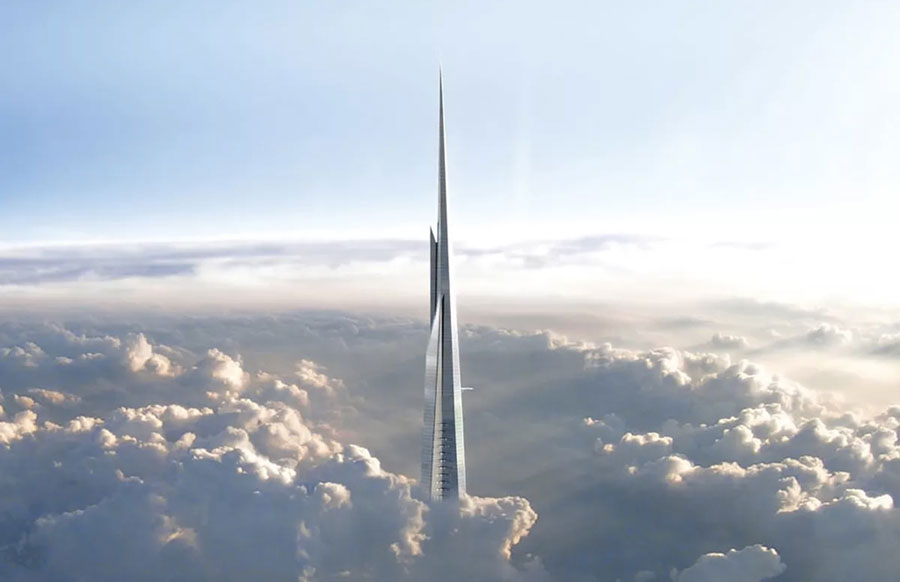
Blog Categories
- Activities (4)
- Yoga (1)
- Christmas Courses (17)
- Food (21)
- Recipes (4)
- Information (83)
- Instagram (11)
- Language fun (11)
- My travel journal (15)
- Sample Programmes (2)
- Video Guides (11)
- Locations (430)
- America (4)
- Argentina (15)
- Bariloche (4)
- Buenos Aires (8)
- Cordoba (2)
- Mendoza (1)
- Australia (1)
- Sydney (1)
- Austria (4)
- Brazil (5)
- Maceio (2)
- Salvador da Bahia (2)
- Sao Paulo (1)
- Canada (8)
- Chile (4)
- China (7)
- Colombia (2)
- Costa Rica (8)
- Flamingo Beach (5)
- Monteverde (1)
- Cuba (8)
- Havana (3)
- Santiago de Cuba (3)
- Trinidad (2)
- Czech Republic (2)
- Prague (2)
- Dominican Republic (1)
- Santo Domingo (1)
- Ecuador (3)
- Egypt (2)
- Cairo (2)
- England (23)
- Bournemouth (1)
- Brighton (1)
- Bristol (1)
- Cambridge (2)
- Liverpool (9)
- London (3)
- Manchester (2)
- Oxford (1)
- Portsmouth (1)
- France (53)
- Germany (49)
- Greece (4)
- Guadeloupe (3)
- Guatemala (2)
- Antigua (2)
- Ireland (4)
- Italy (78)
- Japan (3)
- Latvia (1)
- Riga (1)
- Malta (3)
- Mexico (10)
- Cuernavaca (1)
- Guadalajara (1)
- Guanajuato (1)
- Mexico City (1)
- Playa del Carmen (6)
- Morocco (1)
- Rabat (1)
- Netherlands (4)
- Panama (1)
- Bocas del Toro (1)
- Boquete (1)
- Peru (5)
- Poland (2)
- Portugal (9)
- Russia (6)
- Moscow (2)
- St Petersburg (2)
- Scotland (2)
- Edinburgh (2)
- Spain (89)
- Alicante (1)
- Barcelona (13)
- Bilbao (1)
- Cadiz (1)
- Costa Adeje (1)
- El Puerto (3)
- Granada (5)
- Ibiza (1)
- Lanzarote (1)
- Madrid (6)
- Malaga (15)
- Marbella (1)
- Murcia (1)
- Nerja (4)
- Pamplona (1)
- Puerto de la Cruz (3)
- Salamanca (3)
- San Sebastian (7)
- Santiago de Compostela (2)
- Seville (5)
- Tenerife (6)
- Valencia (9)
- Vejer de la Frontera (2)
- Sweden (2)
- Stockholm (1)
- Switzerland (2)
- Montreux (1)
- Ukraine (2)
- Kiev (2)
- United Arab Emirates (1)
- Dubai (1)
- Uruguay (1)
- Montevideo (1)
- New Schools (14)

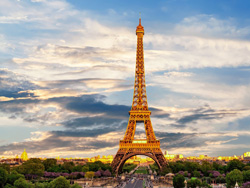
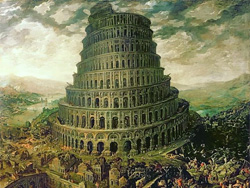
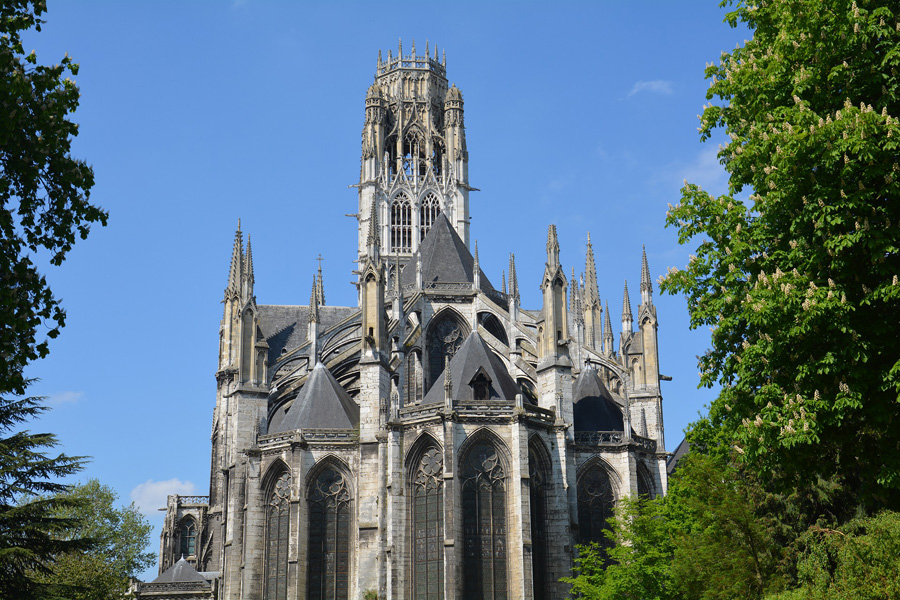









 Company Number: 08311373
Company Number: 08311373